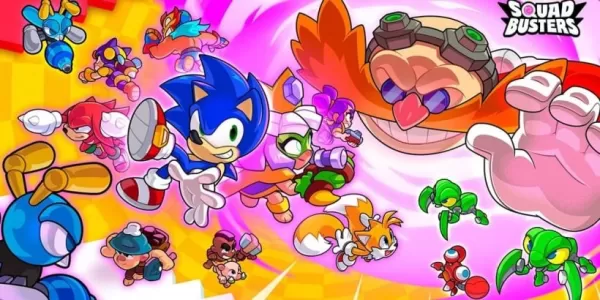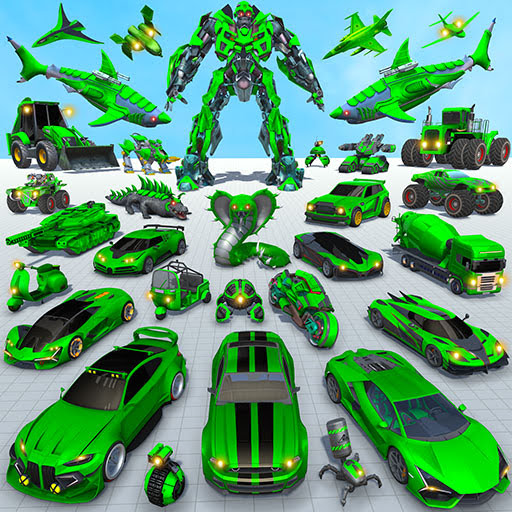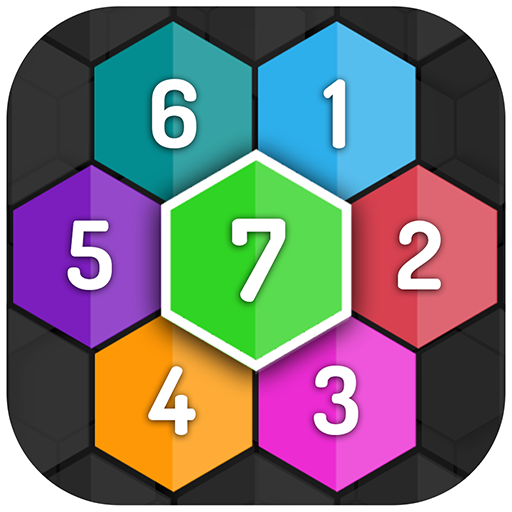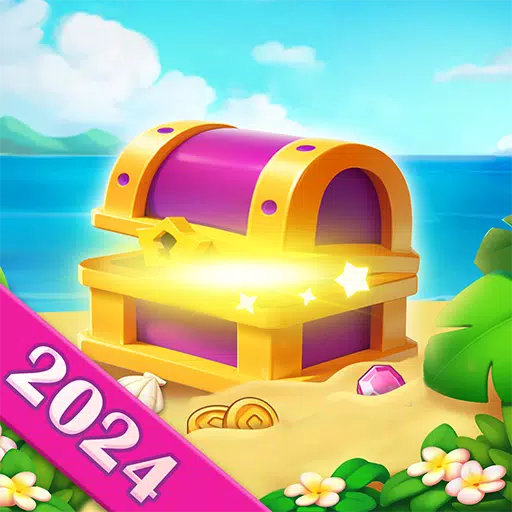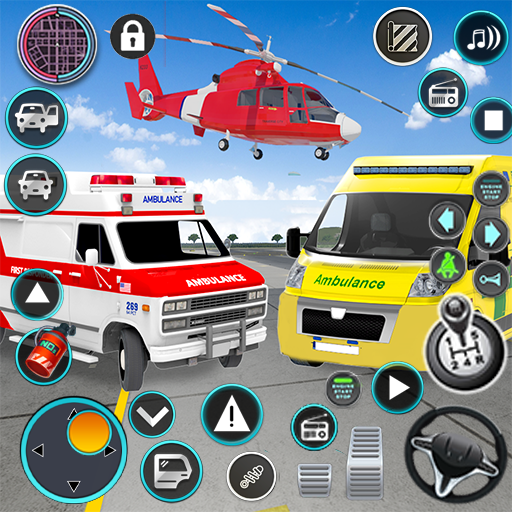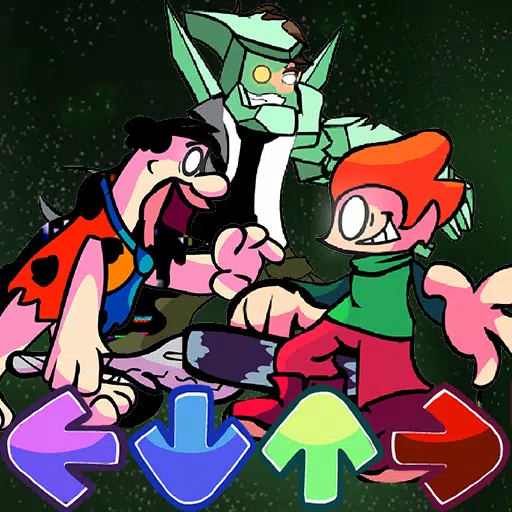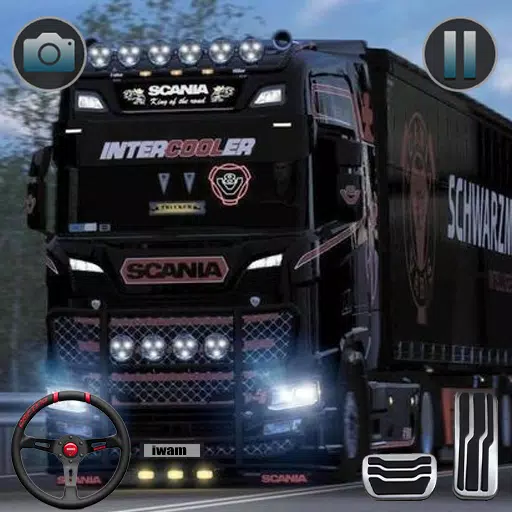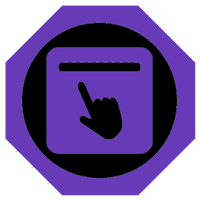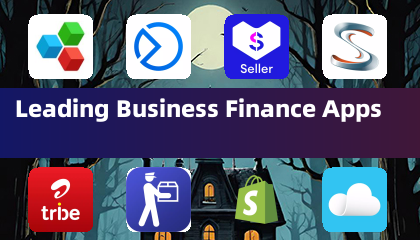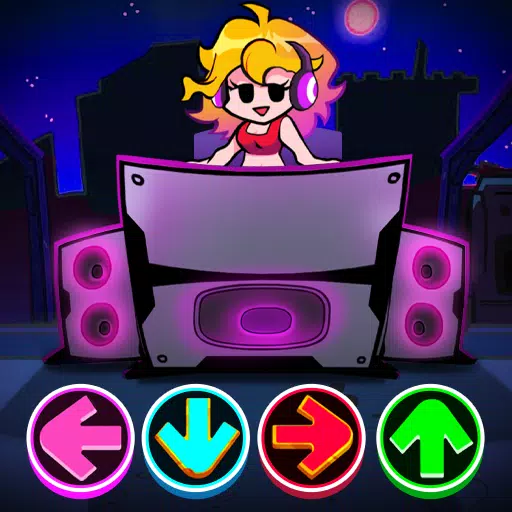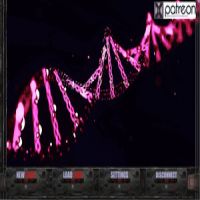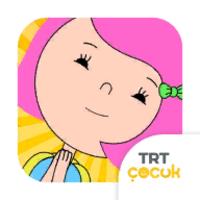Mere hours after diving into FBC: Firebreak, I found myself face-to-face with a delicious cream cake. In my usual clumsy fashion, a dollop of cream accidentally dropped into my blood orange cocktail, swirling and melting into it. As I stared at the mixture, I was instantly transported back to the eerie corridors of the Federal Bureau of Control, firing bursts of energy at the glowing red Hiss enemies. It's this kind of surreal connection that a visit to Remedy's headquarters can spark in your mind.
Remedy Entertainment, known for its diverse range of games from horror to sci-fi and neo-noir detective stories, has always embraced a playful approach in its creations. FBC: Firebreak, their latest venture into first-person and co-op multiplayer action, is a testament to this. During my two-hour play session, I unleashed chaos with a murderous garden gnome and battled a towering sticky note monster. These quirky elements convince me that Remedy's unique blend of the weird can make Firebreak stand out in the often serious world of online shooters.
FBC: Firebreak - Gameplay Screenshots
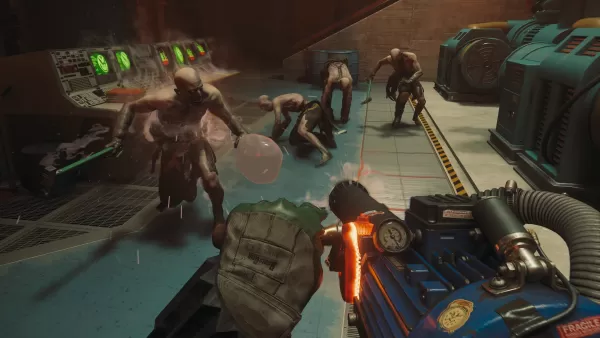
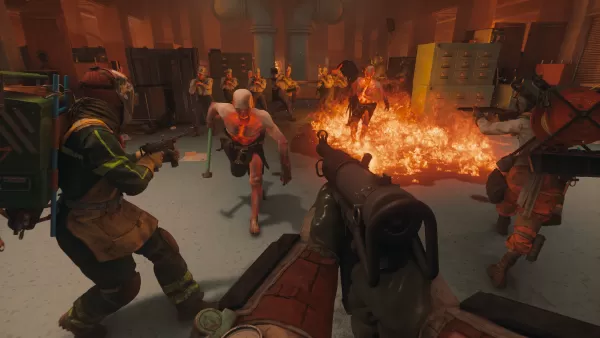 View 16 Images
View 16 Images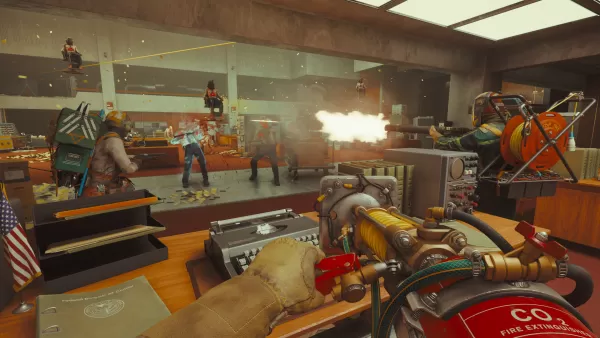


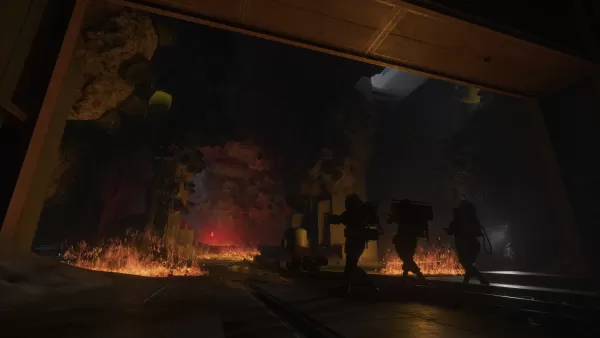 Set six years after the events of Remedy's 2019 hit, Control, Firebreak returns players to The Oldest House. Fans of Jesse Faden's journey will recognize the brutalist architecture and Finnish folk music echoing from the bathrooms, creating a familiar yet unsettling atmosphere. In Firebreak, teams of up to three players re-enter this mysterious government building to tackle localized Hiss outbreaks, acting as a sort of Ghostbusters team armed with shotguns instead of proton packs. The game encourages "crossing the streams" with its unique kit system.
Set six years after the events of Remedy's 2019 hit, Control, Firebreak returns players to The Oldest House. Fans of Jesse Faden's journey will recognize the brutalist architecture and Finnish folk music echoing from the bathrooms, creating a familiar yet unsettling atmosphere. In Firebreak, teams of up to three players re-enter this mysterious government building to tackle localized Hiss outbreaks, acting as a sort of Ghostbusters team armed with shotguns instead of proton packs. The game encourages "crossing the streams" with its unique kit system.
Let me break down the kits. Beyond the standard pistols and rifles, players can choose from three specialized kits, each enhancing team dynamics in unique ways. The Fix Kit allows you to repair machines like ammo stations and healing showers, where FBC employees boost their health by getting drenched—yes, it's as silly as it sounds. The Splash Kit comes with a hydro cannon that can heal teammates and drench enemies, while the Jump Kit features an Electro-Kinetic Charge Impactor to stun foes. Combining these kits can lead to explosive results, like sending a high-voltage charge into a water-soaked enemy.
Although playable solo, Firebreak shines with teamwork. The missions, or "jobs," follow a simple structure: enter, complete objectives, and exit via the elevator. My first task was to fix three faulty heat fans in the building's furnace while fending off waves of enemies. Then came "Paper Chase," where we had to clear thousands of sticky notes from the office, all while battling Hiss interruptions. The notes could attach to us and cause damage, making the mission a literal "death by a thousand paper cuts." Destroying them with water and electricity showcased the synergy of Firebreak's elemental kit system. The solid gunplay meant there was always something to do, even without relying on others. I found the machine gun particularly satisfying for mowing down the glowing red Hiss, which burst into the signature oily haze from Control.
The third mission at The Oldest House's Black Rock Quarry demanded the most teamwork. We shot radioactive leeches off the walls to collect lethal pearls, which we then had to transport along a track. The mission tested our communication skills as we navigated enemies, radiation showers, and deadly astral spikes. Despite the chaos, it was still a blast.While I enjoyed the mission objectives, Firebreak's map design left me with mixed feelings. Control's Oldest House was a complex maze of shifting corridors and secrets, but Firebreak's maps are simpler and more linear, which is easier for first-person navigation but loses some of the original's unpredictable charm. Don't expect something as mind-bending as the Ashtray Maze; instead, you'll find more grounded environments.
These missions may seem straightforward, but completing them unlocks higher clearance levels, introducing longer and more complex objectives. The maps evolve with additional chambers and tougher foes. Bosses like the giant sticky note monster added excitement, requiring teamwork and strategy to defeat, reminiscent of the challenging encounters in Space Marine 2.
AnswerSee ResultsThe game's quirky elements, like monsters made from everyday objects, are a highlight. Although I didn't encounter any during my session, the promise of randomly spawning corrupted items, such as a rubber duck that can divert enemies, adds intrigue. Another intriguing item was a set of traffic lights that can inflict heavy damage if you're caught in its red beam, adding a splash of color to the otherwise grey brutalist setting.Firebreak has strong foundations, but readability is a minor concern. The game's loadouts offer zany new tools and ultimate abilities, like the Splash Kit's Teapot that burns enemies or the Jump Kit's garden gnome that summons an electrical storm. These elements often led to chaotic but fun gameplay. However, with so much happening on screen, it can sometimes become overwhelming, making it hard to navigate or avoid friendly fire.
There are moments where it's unclear where to go on the maps, or how to differentiate between allies and enemies amidst the colorful chaos. The development team is aware of these issues and plans to improve readability before the June 17 launch.
Firebreak will launch with five jobs, with two more promised by the end of 2025. Director Mike Kayatta describes them as "game modes" rather than missions, offering replayability through evolving objectives and clearance levels. At $39.99 / €39.99 / £32.99, and available on Game Pass and PlayStation Plus, Firebreak promises good value for both Control veterans and newcomers seeking a fun shooter experience.Navigating the always-online co-op shooter landscape is challenging, but Firebreak's solid foundation and Remedy's quirky charm give it a unique edge. Just like that unexpected dollop of cream in my cocktail, Firebreak might just carve out its own niche. And yes, I drank the cocktail, cream and all.


